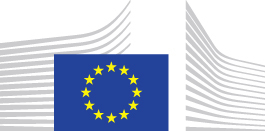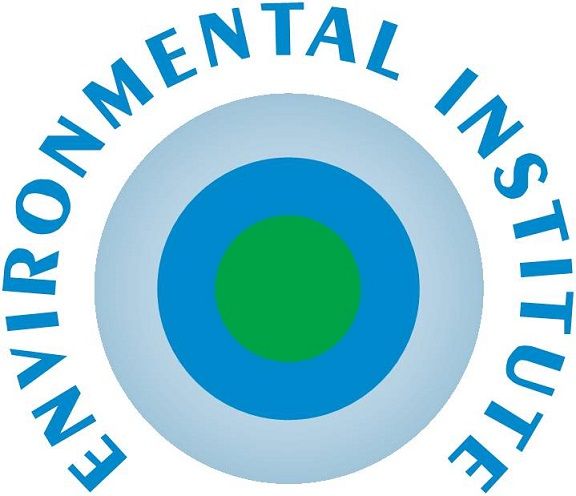AQUAREHAB - Development of rehabilitation technologies and approaches for multipressured degraded waters and the integration of their impact on river basin management
 Country: EU 27+
Country: EU 27+
Client/funding: EU FP7 ENV 2008.3.1.1.1.
Duration: 09/2009 - 2014
Partners: Flemish Institute for Technological Research (VITO-MPT) coordinator, 19 partners
Project website: https://aquarehab.vito.be/home/Pages/home.aspx
Within this project, different innovative rehabilitation technologies for soil, groundwater and surface water were developed to cope with a number of priority contaminants (nitrates, pesticides, chlorinated compounds, aromatic compounds, mixed …) within heavily degraded water systems. Methods were developed to determine the (long-term) impact of the innovative rehabilitation technologies on the reduction of the influx of these pollutants, of which some are on the list of priority substances, towards the receptor. A connection between the innovative technologies and river basin management was worked out. In a first stage of the project, the technologies and integration of their impact in river basin management were developed in three different river basins (Denmark, Israel, Belgium). In a second stage, the generic approaches will be extrapolated to one or two more river basins. The basic idea is that multiple pollution sources (diffuse and point source) exist which result each in a flux (M) of pollutants towards receptors. As such the receptors receive degraded water, being the sum of different fluxes (M1+M2+M3+M4+…). The aim of rehabilitation technologies is to reduce the fluxes to an acceptable level, which is function of the vulnerability of the area, ecotoxicological characteristics of the pollution and socio-economical aspects.
One of the important outcomes of the project will be a generic river basin management tool that integrates the investigated rehabilitation technologies with ecological and economic impact assessments of the whole water system. The research in the project is focussed on innovative rehabilitation strategies to reduce pollutants entering the water system (i.e. reduce pollutant fluxes M) whereas the generic management tool will be able to include other measures related to point sources, flood protection, water scarcity and ecosystem health.
EI scientifically contributes to Work Packages 1, 3, 6 and 8:
- In WP1 EI compares performance of conventional MS-based techniques with that of the low-cost metal, nutrient and bio-sensors in the Activated Riparian Zones’ studies, determining the chemical and ecological status of the Odense river in Denmark;
- In WP3 EI is responsible for monitoring of chemical and ecological status of the Zenne river in Belgium, as requested by the WFD, in order to report on the ecological effects of the installed remediation technology;
- In WP6 EI contributes to the ecological status assessment part within the generic river basin management tool, and
- In WP 8 EI assists at the selection and implementation of a suitable case study within the Danube basin and dissemination of the project results.
